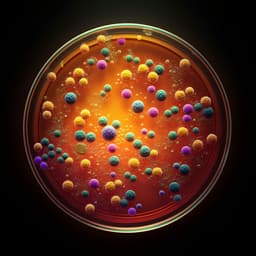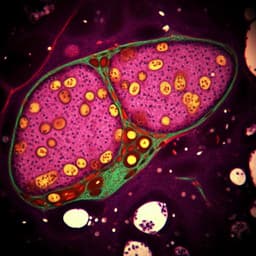
Food Science and Technology
Fitness effects of synthetic and natural diet preservatives on the edible insect *Bombyx mori*
X. Lei, Z. Qian, et al.
Discover how Xiaoyu Lei and colleagues investigated the use of ethylparaben and medium-chain fatty acids as natural preservatives in silkworm diets. Their study reveals the potential of medium-chain fatty acids to maintain silkworm health while preventing spoilage—a promising advancement for sustainable sericulture.
Playback language: English
Related Publications
Explore these studies to deepen your understanding of the subject.







